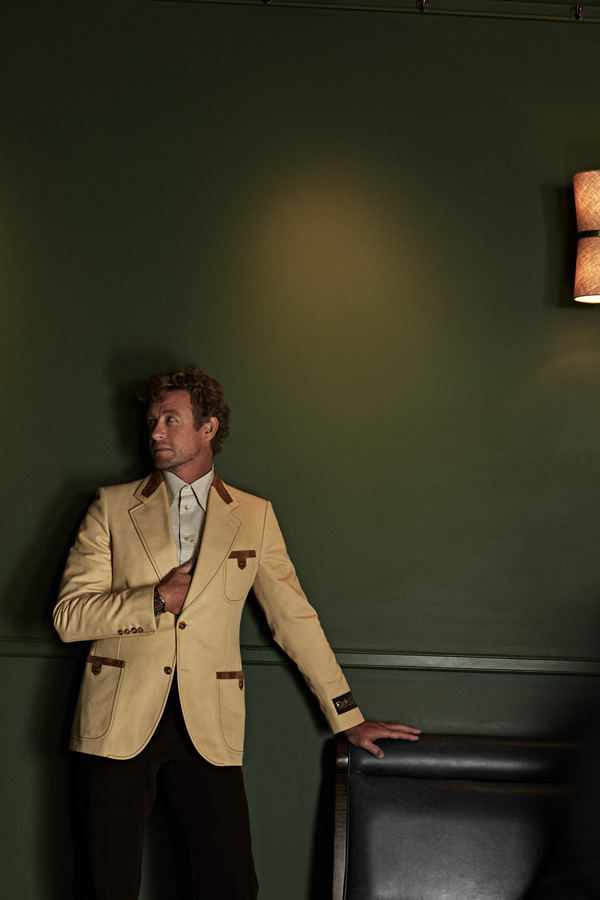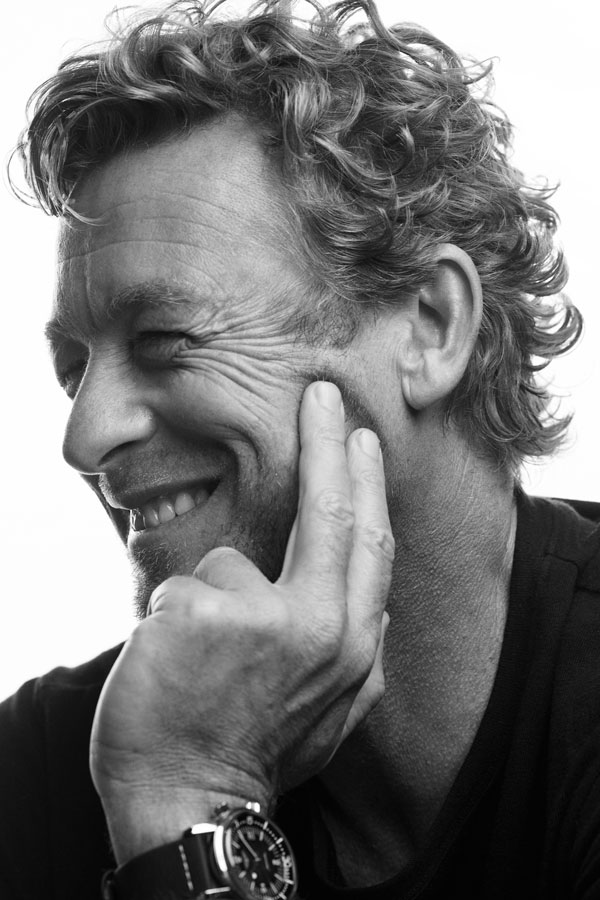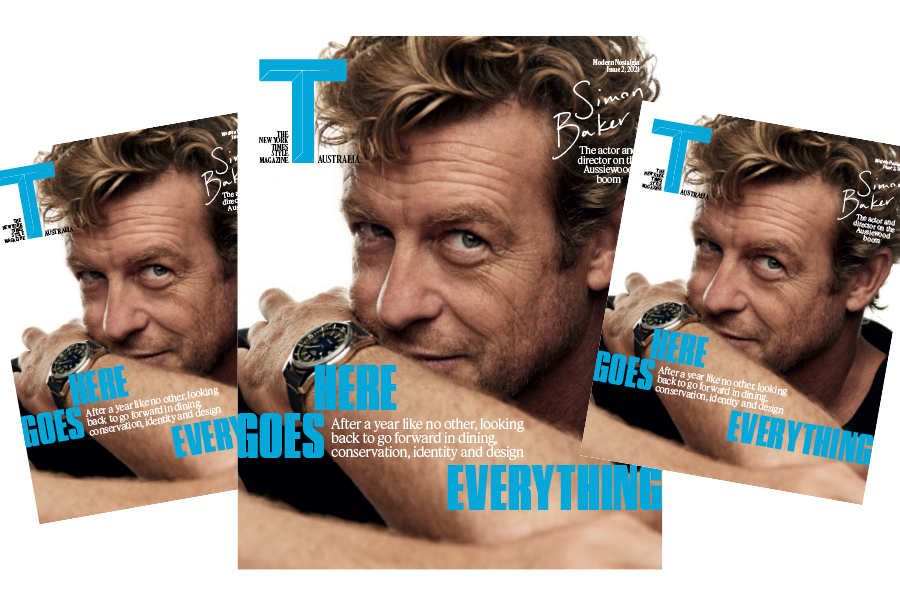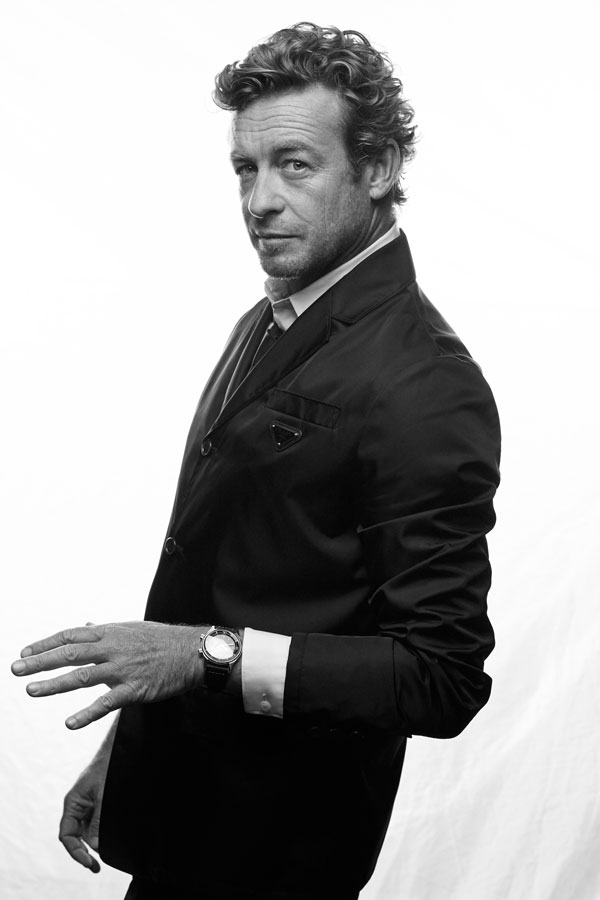A fan of action movies as a child, Pataky admits she once dreamed of being Indiana Jones. She recalls watching the films with her father, the Spanish biochemist José Francisco Lafuente, who shared her interest but wanted her to have a stable career — not necessarily to follow in the footsteps of Harrison Ford. But when he sees her latest cinematic outing, Pataky says, “He will feel very proud his daughter is the lead in an action film.”
At almost 46, Pataky has a flawless complexion, the only mark an old-Hollywood-style beauty spot above her lip. She’s grateful Reilly wanted “a mature woman” for the “Interceptor” role, but she tempers this by saying, “there are so many more amazing roles now for women, not based around age”.
Reilly tells T Australia: “We did consider several actresses, Elsa included, for the part initially. But we kept coming back to her. I can’t imagine any other actress in the role.
“The way she got into physical shape for the part,” he continues. “The way she imbued JJ with certain mannerisms, a singular inner strength and character …” He’s clearly a fan.
Reilly says that Elsa, like her character, possesses “a deep well of gritty determination”. He elaborates: “First, just taking the role was a brave thing to do. This is a tough role: a full-fledged female action lead who is in almost every single shot. Whoever played JJ would be carrying the whole movie.” Secondly, he says, Pataky is “physically very strong, very fit and very, very athletic. When, in the movie, you see JJ leap across a wide gap using only one arm, that’s Elsa doing it. Fights, leaps, jumps, punches and rolls, Elsa did them all.”
Pataky, a yoga devotee and the author of “Strong: How to Eat, Move and Live With Strength and Vitality” (2019), has always subscribed to peak fitness. She and Hemsworth have their own healthy lifestyle app, Centr, and her taut 1.61-metre frame has graced magazine covers from GQ to Cosmopolitan. For “Interceptor”, she began training with the extreme adventurer Ross Edgley six months out from shooting, upping her regular workouts to a daily strength training program that saw her trading pain relief creams with her stunt double. “I had to learn 800 different moves for the fight scenes,” she says. “It was really double the work of a normal movie.”
In one scene, Pataky’s character — cable-tied to a chair, at the mercy of the villains and almost certainly going to die — gives one of the miscreants a speech about respecting women. Reilly recalls: “Elsa did the lines then called me over and said, ‘Matt, I think JJ should do something at the end of this speech to really cap it off. I think she should headbutt him.’ So there I am, with the whole cast and crew watching, thinking about this suggestion. It was a good one, so I said, ‘Yep, let’s do it.’ We did it. It was awesome.”
“Captain Collins is a woman who has been through all of life and it has made her strong,” Pataky says of her onscreen persona. “That’s what life does to you — it makes you stronger. You have been through so many things and nothing can destroy you, in a way.” It’s a theme she returns to often during our interview, dismissing the suggestion that her life, from the outside, appears to be almost perfect — or at least without challenges.
“It is totally not true that I don’t have the same obstacles,” she says. “I have my moments of overwhelm, or having a hard time. It is not human not to have that. One of the most difficult times was when I first moved to Los Angeles from Spain. I was by myself and knew very little English and I felt so lonely. I was also in back-to-back auditions, which was very challenging having to do in broken English.
“Being in the film industry really is the ultimate test of resilience,” she adds. “You need to believe in yourself, your ability and never give up, as you’ll get so many knockbacks before that one door opens.”
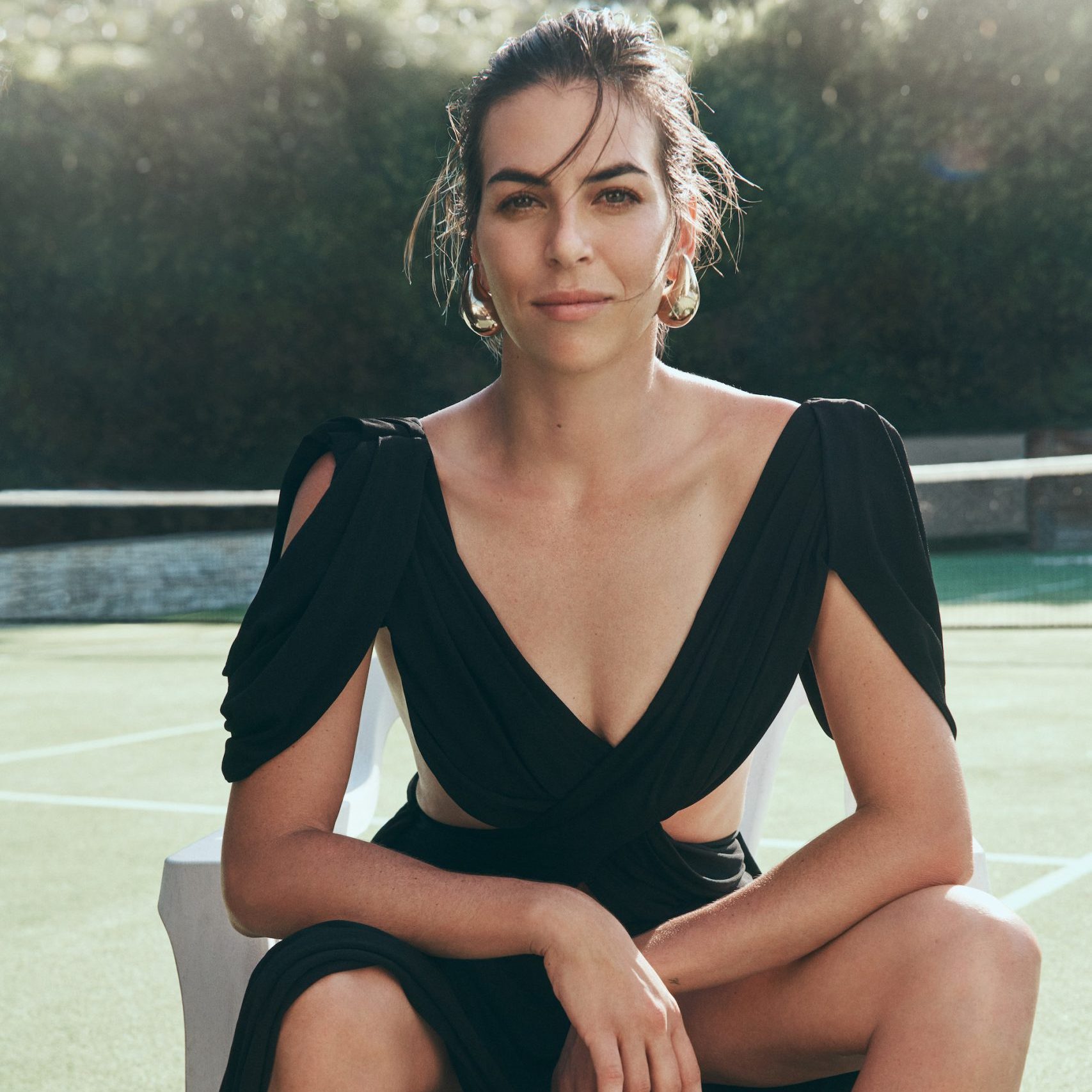
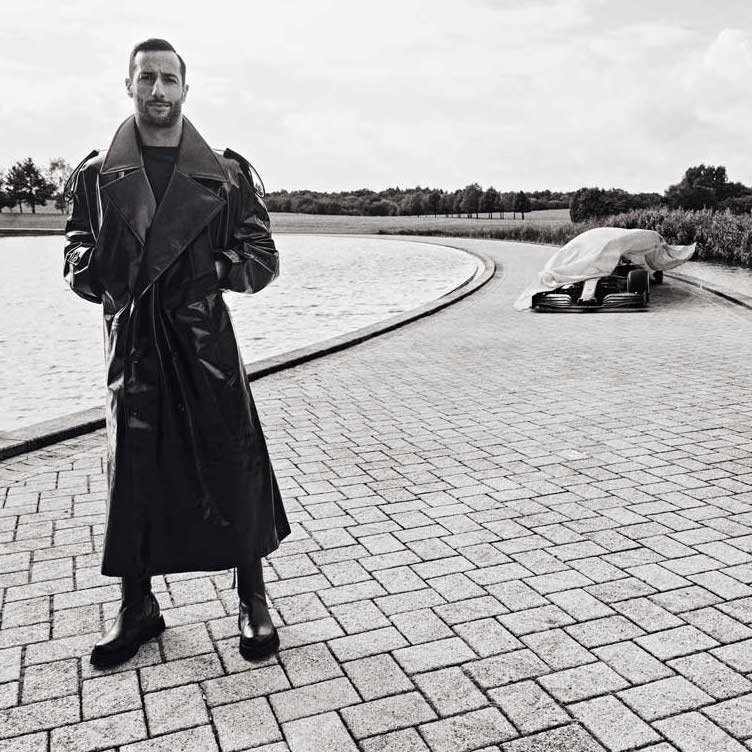
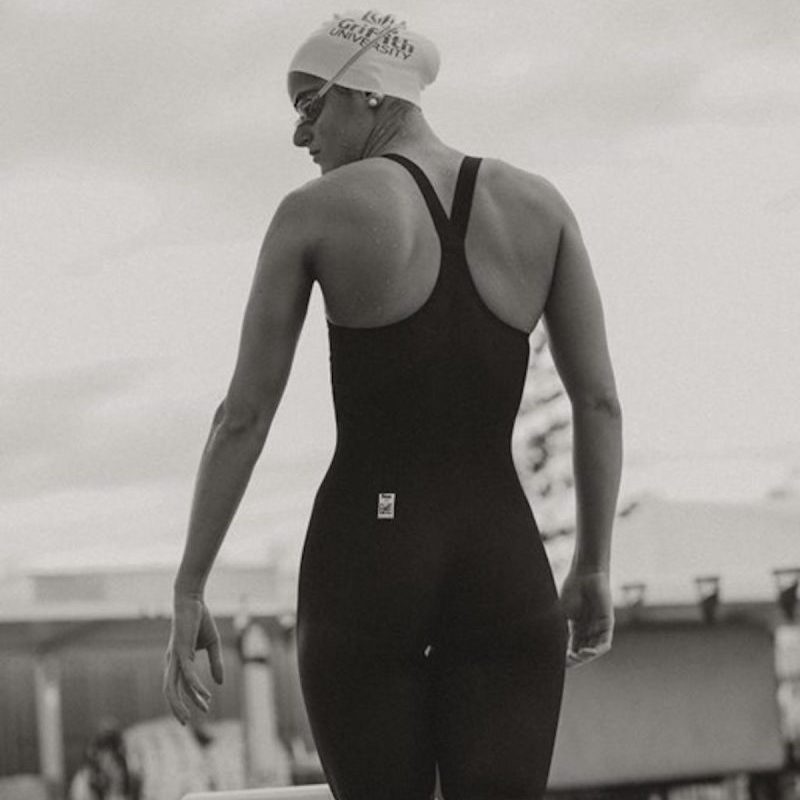
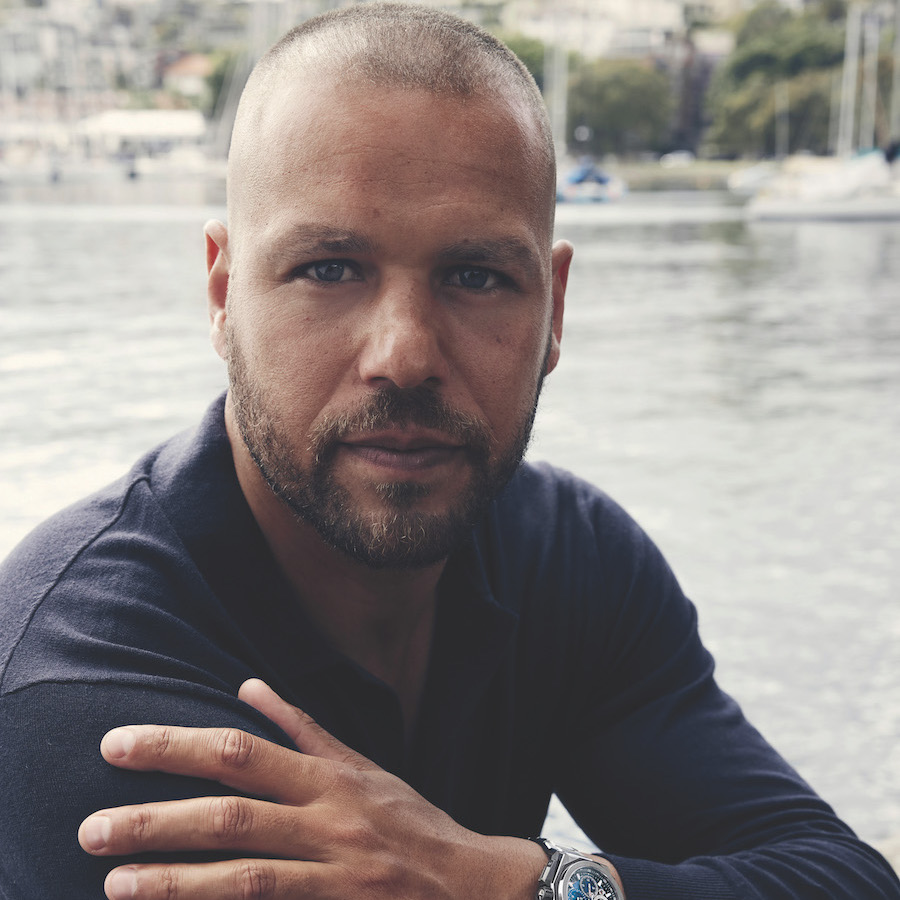
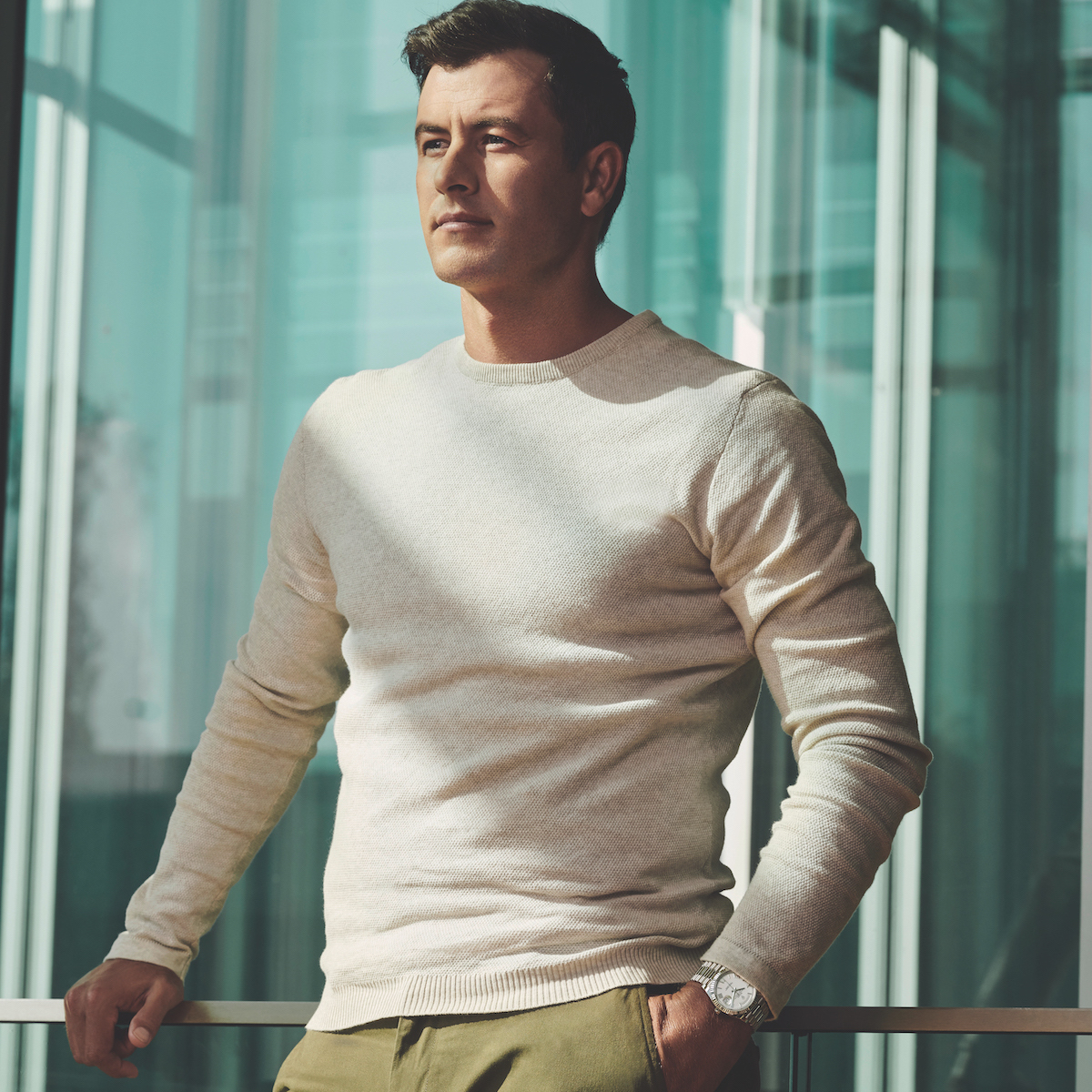




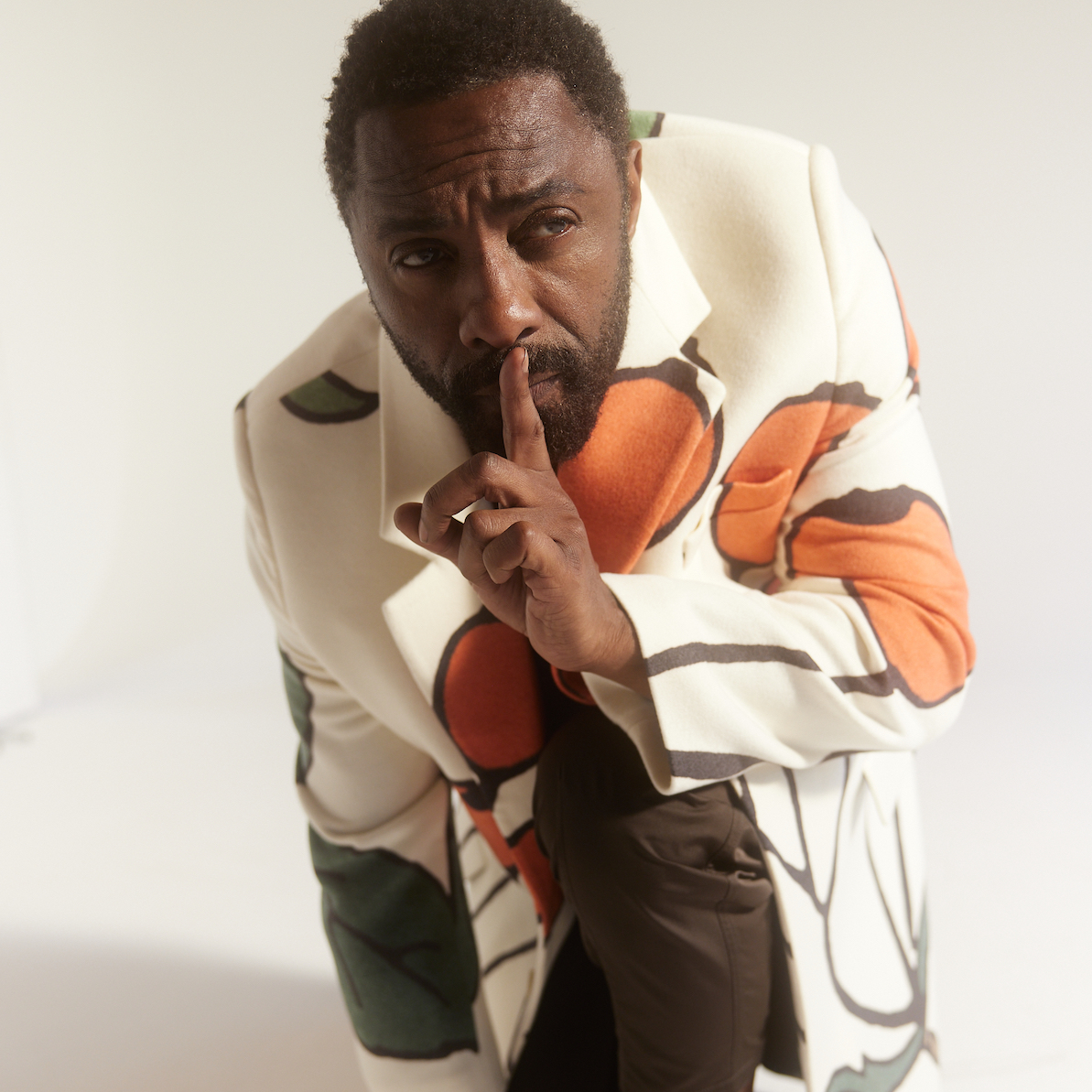
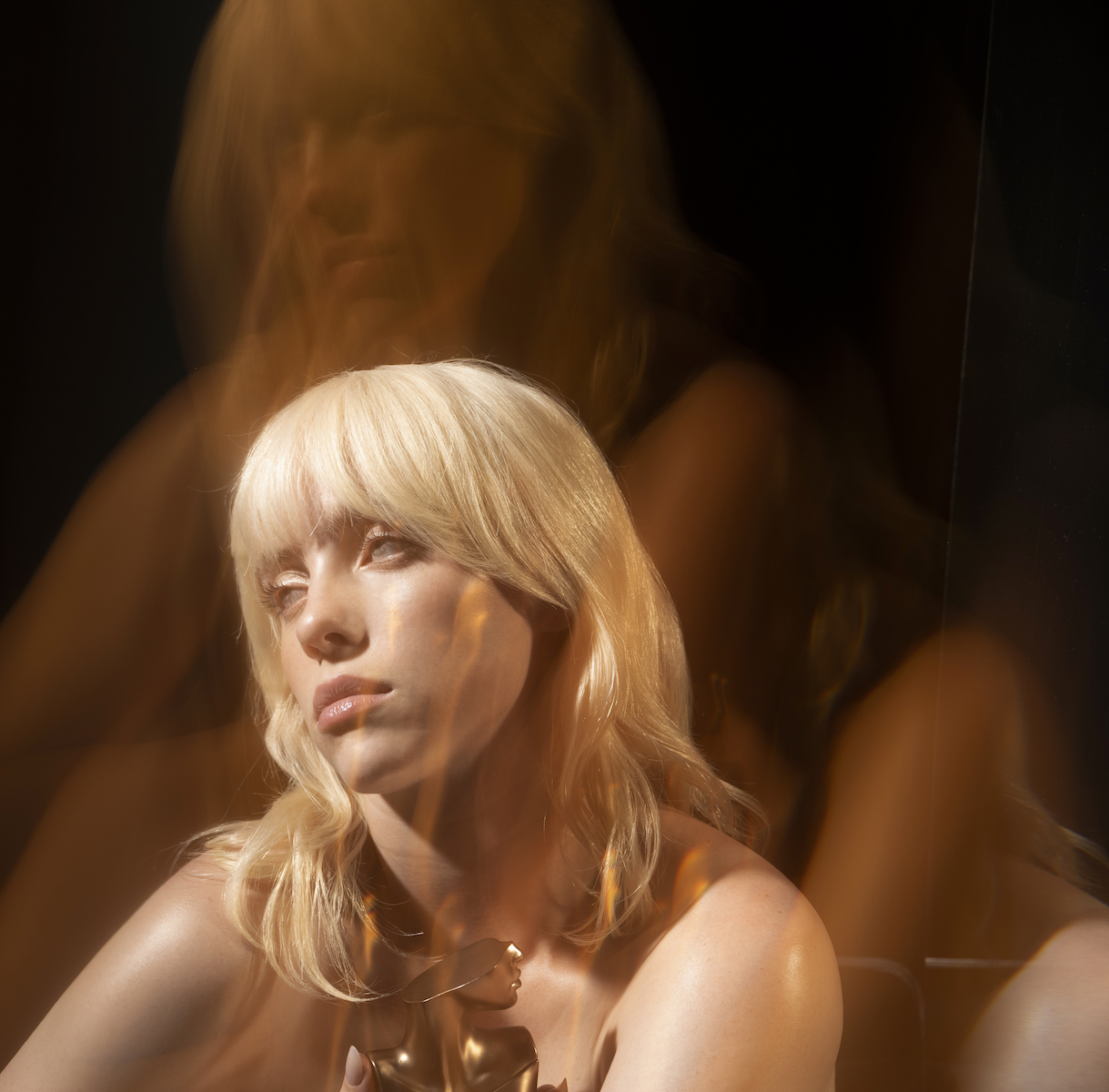
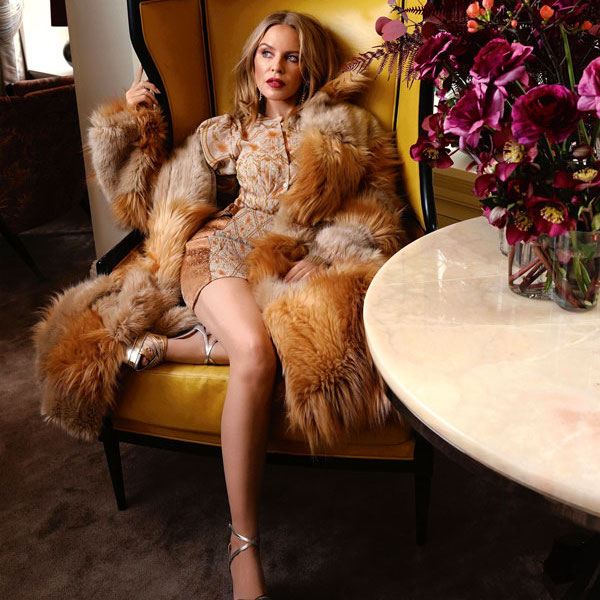
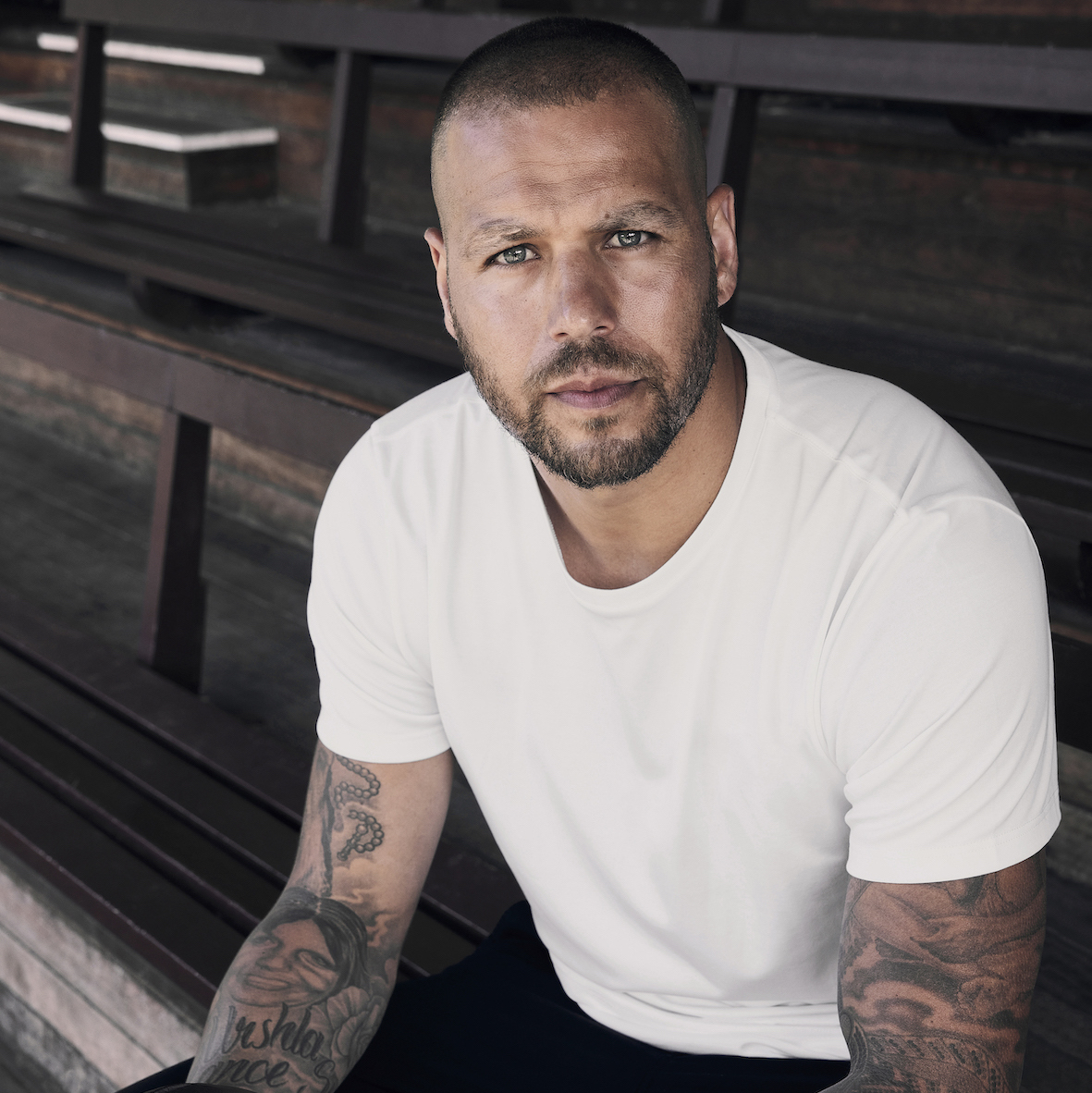
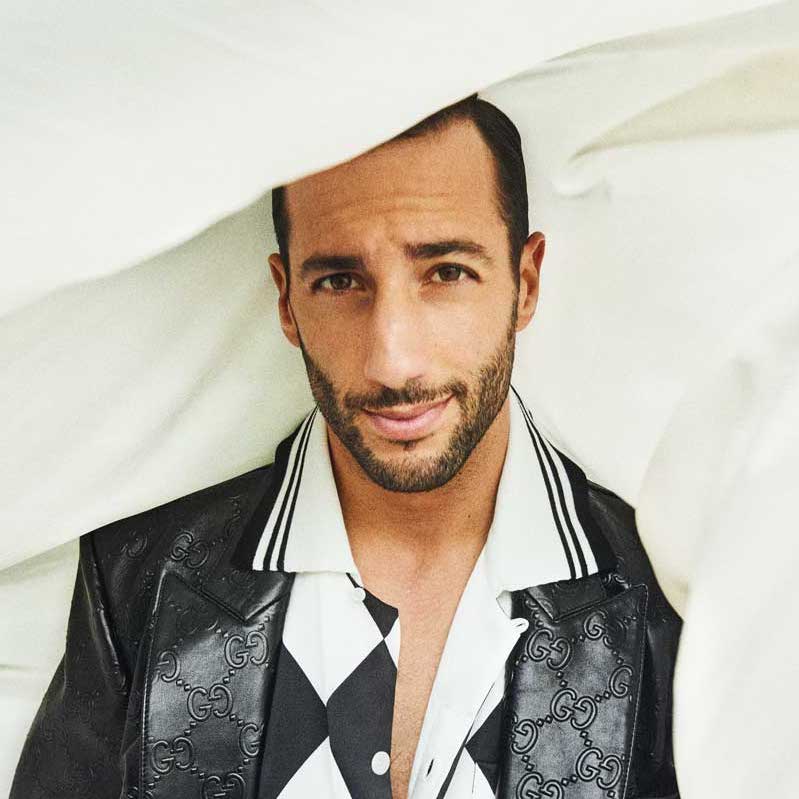
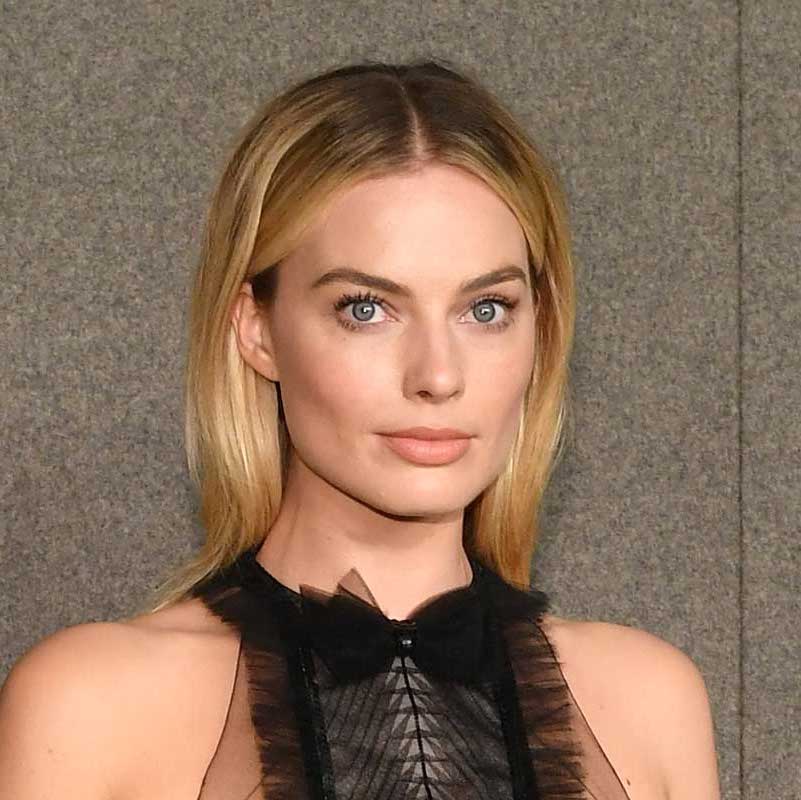
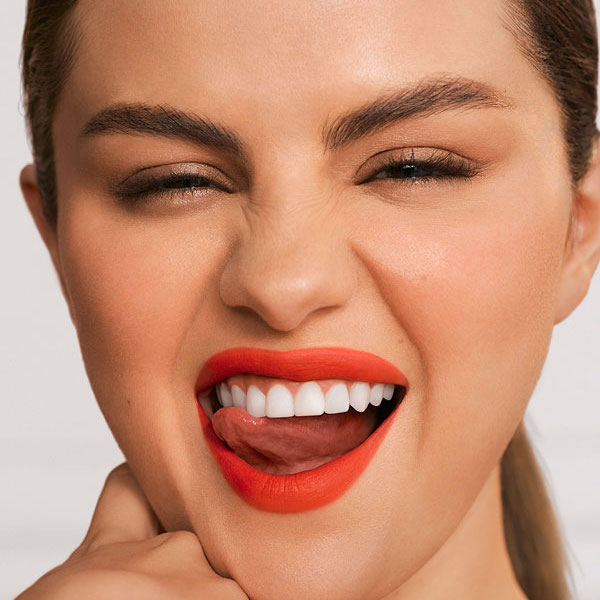
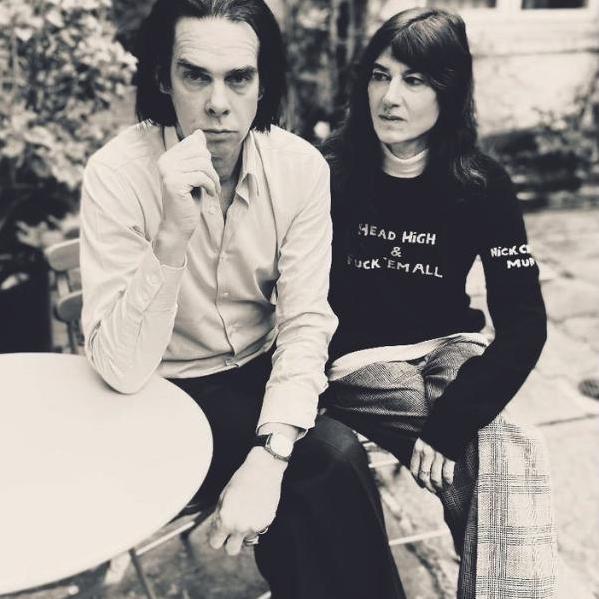
 Gucci jacket and pants, Emporio Armani blouse, and Kenneth Jay Lane earrings (vintage). Photography by Pierre Toussaint.
Gucci jacket and pants, Emporio Armani blouse, and Kenneth Jay Lane earrings (vintage). Photography by Pierre Toussaint. 
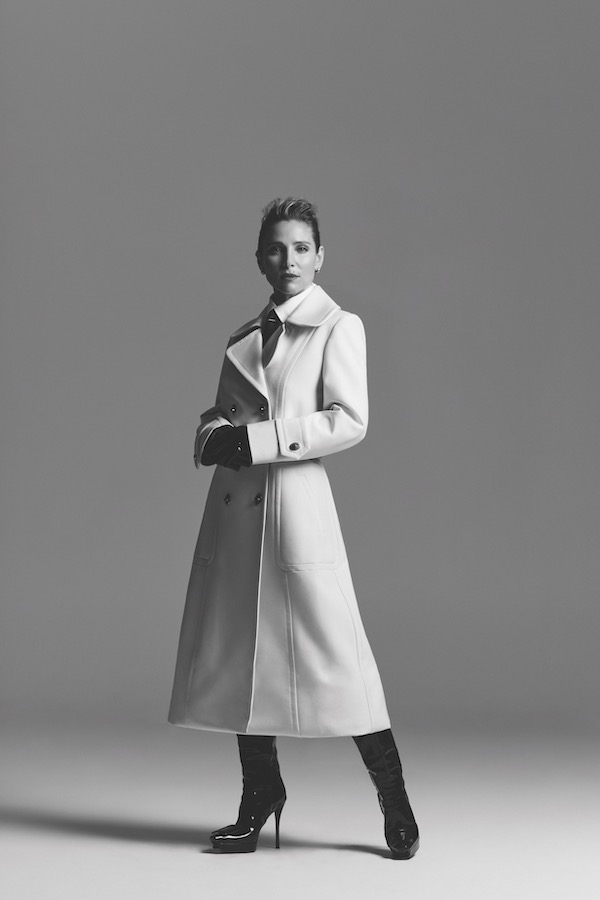
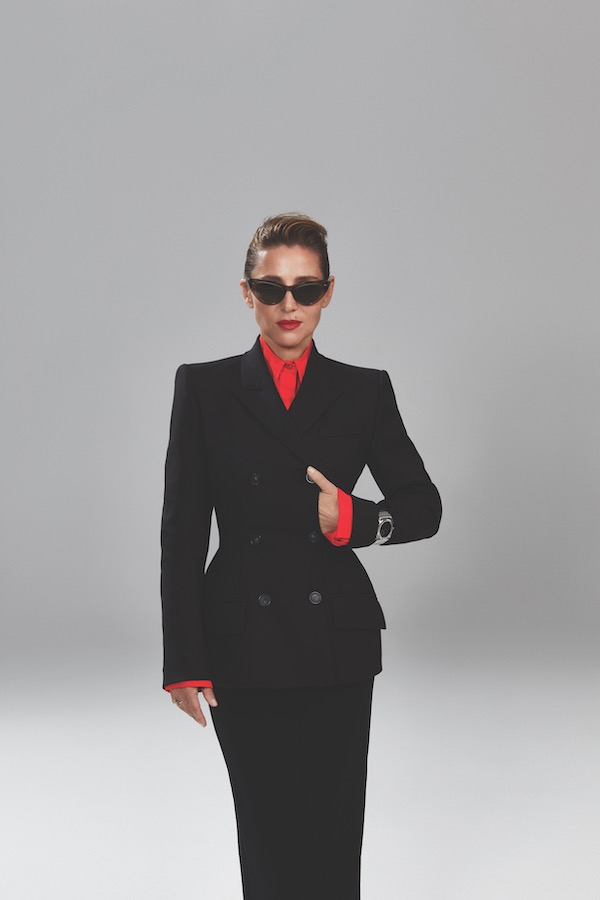
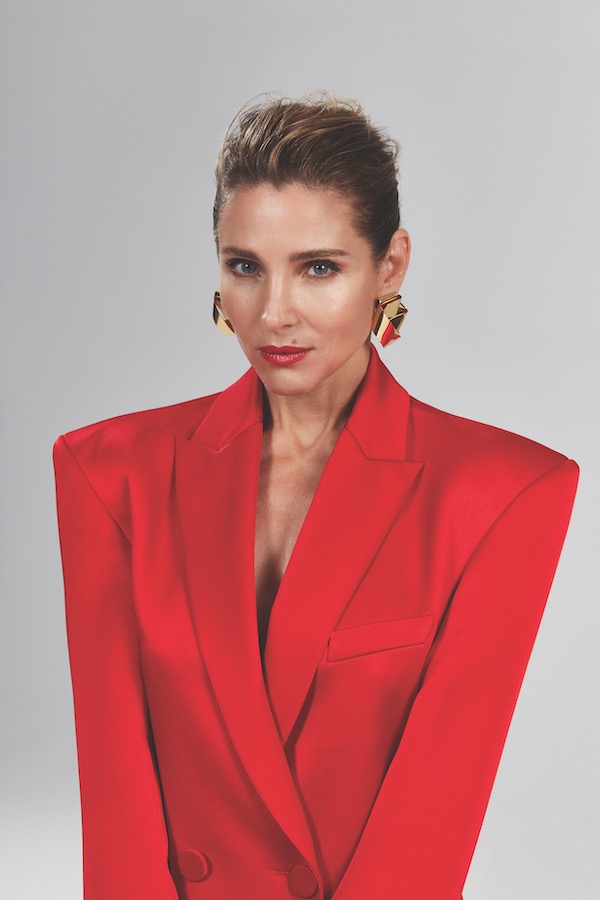
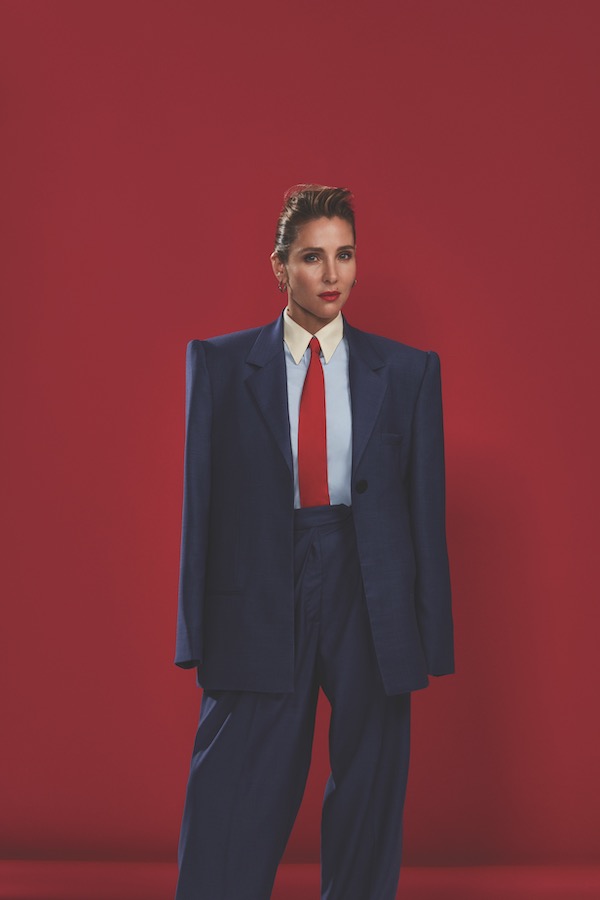
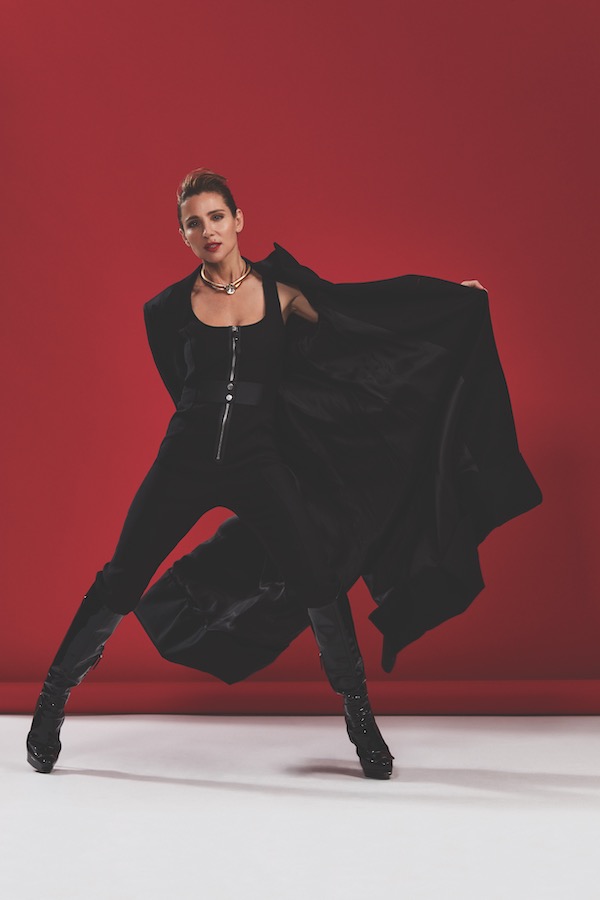
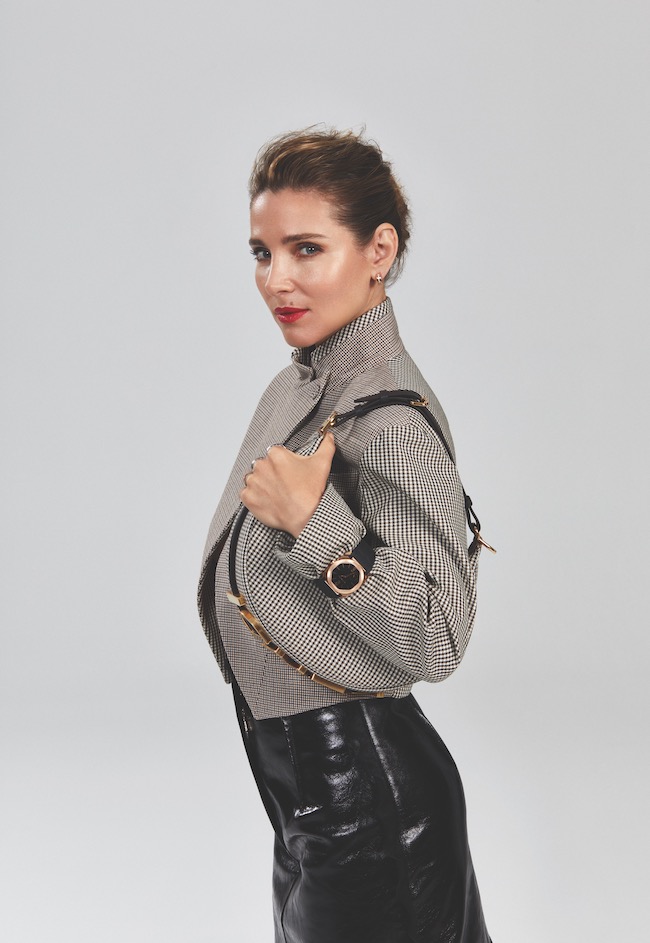
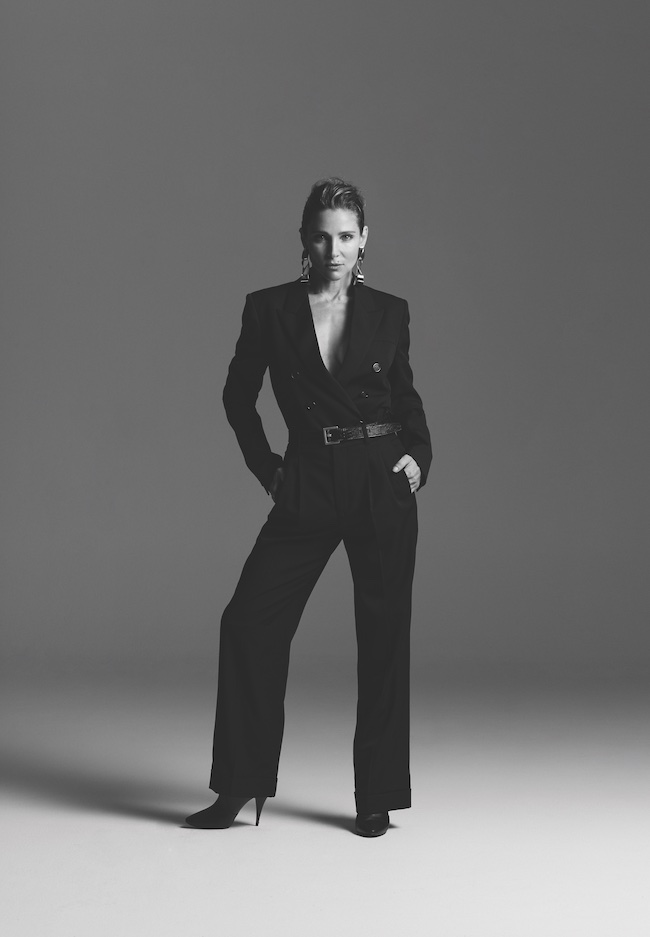
 Prada blazer, $4,400, sweater, $1,370, pants, $1,710, and shoes, $1,650; and Longines watch, $3,750. Photography by Jake Terrey. Styling by Brad Homes.
Prada blazer, $4,400, sweater, $1,370, pants, $1,710, and shoes, $1,650; and Longines watch, $3,750. Photography by Jake Terrey. Styling by Brad Homes. 
